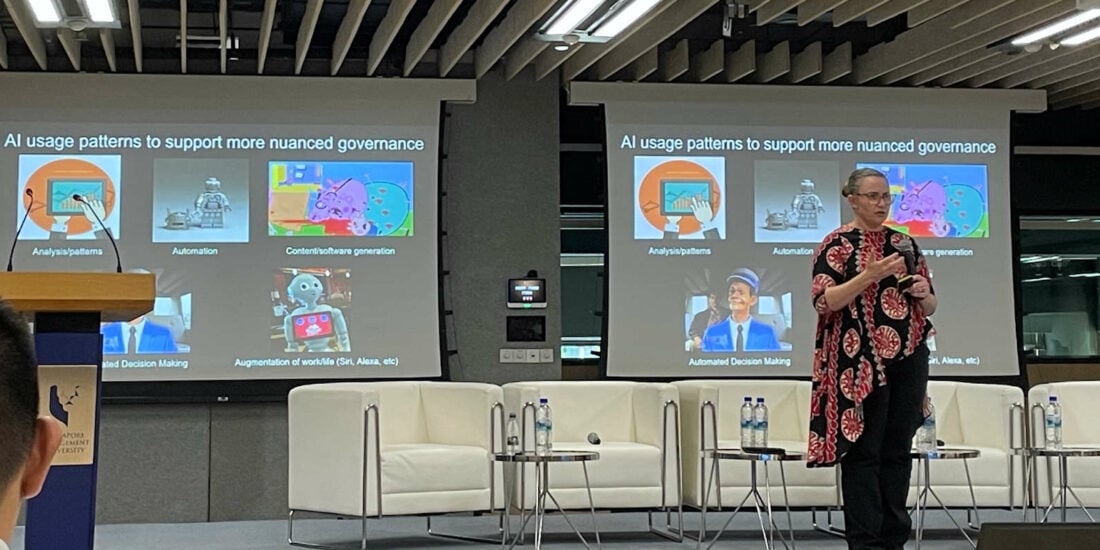
Guide to Designing and Implementing Effective Knowledge Management
Whether refreshing current Knowledge Management (KM) systems or starting a KM programme from scratch, this article sets out some essential steps on how to design and approach KM in a holistic manner.
What is KM?
KM for lawyers generally refers to strategies and practices to effectively capture, organise, store and share knowledge and information within their organisations. It involves the creation of systems and processes to enable lawyers to access legal resources efficiently.
Essential Steps to Develop KM in Your Firm
1. Needs assessment
Identify the specific knowledge needs and challenges within the law firm.
Understand the types of information and expertise that lawyers require for their work. Appendix 1 sets out the KM strategy and approach for different types of lawyers.
2. Leadership support
Obtain support from senior management and partners.
Ensure there is a commitment to allocating resources for the development and maintenance of the KM system.
3. Create a KM team
Form a dedicated team responsible for overseeing the KM initiative.
Include representatives from different legal practice areas to ensure diverse perspectives.
4. Develop content strategy
Clearly define the objectives of the KM initiative. Assess existing knowledge stored in the firm and identify areas for improvement such as types of knowledge to be managed and the areas of focus.
Develop processes for creating and capturing knowledge content, including templates, legal precedents and case summaries.
Implement systems for documenting lessons learned and best practices. Create a logical structure for organising and categorising. Develop a system of taxonomy and tagging.
Define content standards and guidelines to ensure consistency and quality across all materials. For example, tone, style and guidelines for formatting, citation and use of legal terminology.
5. KM tools and technologies
User experience is critical for any KM tool. If users find the search processes too complex and knowledge materials difficult to access, engagement with the system will be minimal. This will in turn affect return on investment (ROI) of KM processes.
Ensure that the selected tools align with the firm’s needs and are user-friendly.
6. Training and awareness
Raise awareness and provide training sessions to lawyers and staff on how to use KM tools effectively.
7. Pilot programme
Conduct a pilot programme with a small group of users to test the functionality and effectiveness of the KM system. Gather feedback and make necessary adjustments.
Once the pilot is successful, scale up the KM initiative across the entire firm. Monitor usage and address any issues that arise during the scaling process.
8. Continuous improvement
Establish mechanisms for continuous improvement based on feedback and evolving needs.
Regularly review and update the KM system to incorporate new technologies and best practices.
9. Promote collaboration
Foster a culture of collaboration and knowledge sharing within the firm. Encourage lawyers to contribute to the KM system and share their expertise with colleagues.
10. Performance measurement
It can be challenging to measure the success of the KM system. Implement tools such as KM usage statistics and number of know-how contributions by lawyers as KPIs (key performance indicators).
11. Data governance
Ensure compliance with legal and ethical standards regarding the management and sharing of legal knowledge. Implement measures to protect client confidentiality and sensitive information.
Pitfalls to Avoid
1. Failing to align KM strategy with business goals
Ensure the KM strategy directly supports and aligns with the overall business goals of the firm. Relating objectives back to the business helps to demonstrate how and why KM efforts can have positive impact internally and externally (clients).
2. Failing to engage lawyers for relevant content
Involve lawyers in the KM process to ensure that content and processes meet their specific needs.
3. Narrow focus
Do not get mired in basic administrative tasks or projects that benefit only a small group of lawyers. Undertake projects that a make a difference to the entire firm or a large practice group.
4. Technology and KM
Beware of the misconception that technology alone is a quick fix for KM challenges; a holistic approach is essential.
5. Project overload
Avoid undertaking too many KM projects simultaneously; instead try to target a few highly beneficial projects first.
6. Failing to plan for updates and ongoing maintenance of content
Establish a process for reviewing and refreshing outdated content, maintenance and expansion of materials.
7. Failing to provide adequate training
Train personnel on how to effectively use KM tools to maximise their utility and promote widespread adoption.
Conclusion
Getting KM right is not easy. Achieving success in KM is a challenge. However, it is possible to enhance the effectiveness of KM initiatives by tailoring them to meet the specific needs of different practice groups.
While the examples provided here are generalisations, they are intended to spark ideas and encourage you to inquire within your firm’s practice groups about what are the key KM elements they require for practice enhancement.
In the past, KM was more straightforward, where broad brush solutions could cater to the needs of all practitioners. However, the landscape of KM has evolved. Contemporary KM calls for a more nuanced strategy, one that acknowledges and adjusts to the diverse needs inherent in different practice groups.
Appendix 1
Extent of resources vary, depending on size of the law firm.
Typical Law Firm KM
| 1 | Client Knowledge | Information about clients’ industries and specific business challenges |
| 2 | Current Awareness | Legal and business changes relevant to practice / industry |
| 3 | Legal research tools and knowledge repositories | Research, precedents, guidance notes, checklists, etc |
| 4 | Matter Knowledge | Find, track client or matter-related information |
| 5 | Tacit Knowledge | Firm’s collective experience in specific areas and experts, both inside and outside the firm |
| 6 | Process Improvement / Technology Adoption | Legal tech tools such as document automation, contract management |
| 7 | Professional Development | Support ongoing legal education and development of lawyers |
One size does not fit all: Different lawyers need different types of KM tools
While lawyers rely on four main sources of knowledge, there is no single “plug and play” KM solution when it comes to KM support for lawyers. The KM needs and tools of lawyers vary, depending on the life cycle of the lawyer and practice type.
The four knowledge sources for lawyers
| Primary | Specially created knowledge | Tacit knowledge | Lawyers’ work product |
|---|---|---|---|
| Statutes, judgments, books, journals, etc (eg Lawnet) | Templates, checklists, toolkits, etc | Personal experience of lawyers | Letters of advice, transactional documents |
Life cycle of a lawyer
| Junior lawyer | Senior associate / Junior partner | Senior partner | In-house counsel | |
|---|---|---|---|---|
| Main Professional activities | Research and drafting | Leading matters and some management responsibilities | Management responsibilities and client development | Combination of all professional activities |
| KM Tools | Legal research tools such as Lawnet, LexisNexis, Westlaw, etc | Drafting tools such as Lexis PSL and PLC. Practice management tools | Tools that provide current awareness on legal and business changes, thought leadership articles and practice management tools | Combination of KM tools. Contract management tools |
Practice type and KM needs
| Practice Type | Corporate Transactional | Regulatory/advisory | Litigation | In-house |
|---|---|---|---|---|
| KM Tools |
|
|
|
Combination of transactional and regulatory |






